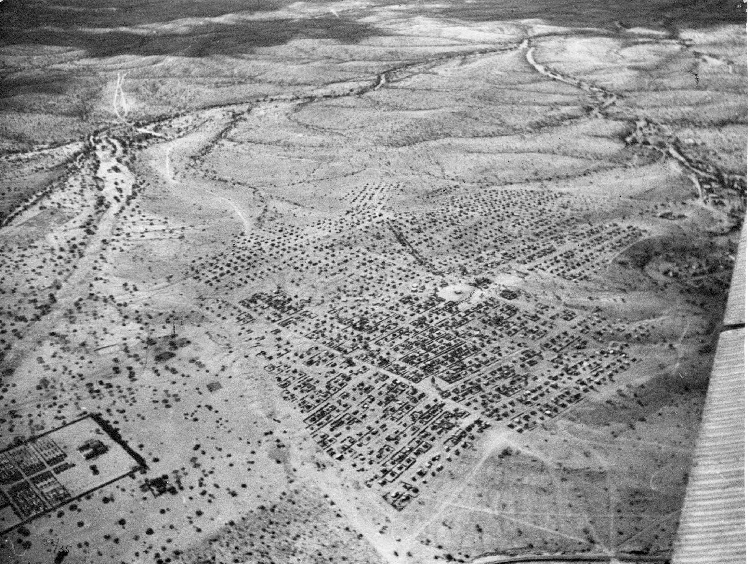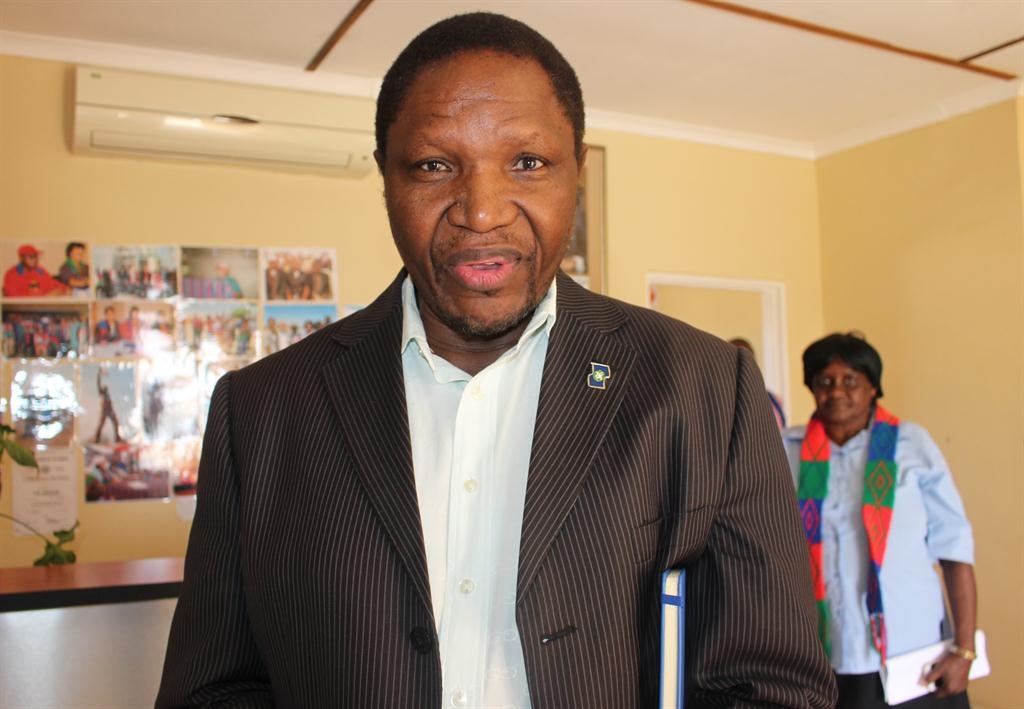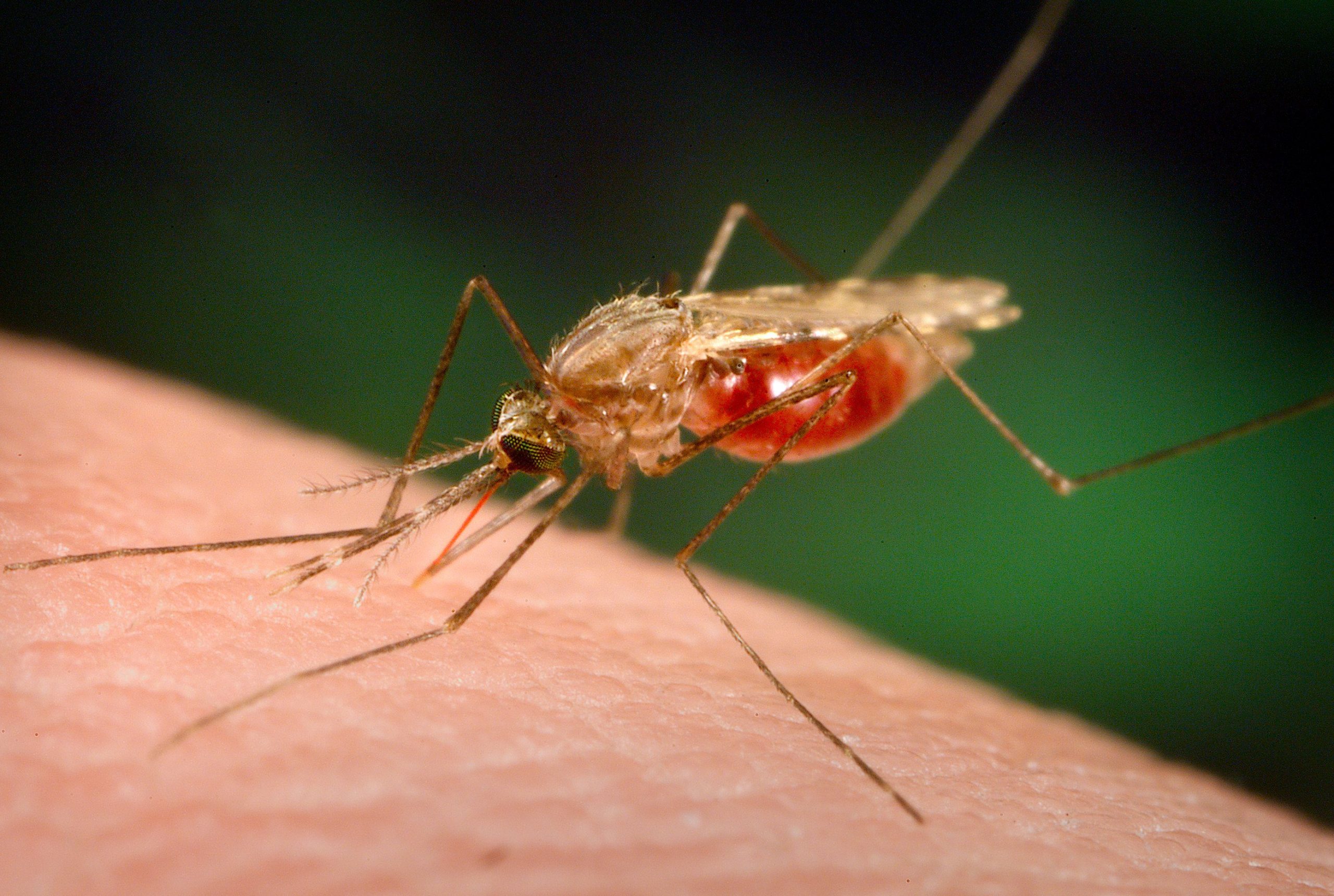The forced removal of inhabitants of Windhoek ‘s Main Location to the township Katutura provoked an organised mass protest culminating in a massacre on 10 December 1959.
Today a public holiday commemorates this act of resistance. The former location became a synonym for African unity in the face of the divisions imposed by apartheid. But little is publicly known of daily life there.
•Henning Melber
The Old Location has mainly remained alive in the memories of those who once lived there. For the outside world, two generations later, it is largely ‘terra incognita ‘. Anglican clergyman Michael Scott was the only known ‘intruder ‘ from the outside. In 1948, he camped for two months in the dry riverbed of the Gammams River bordering the settlement. He assisted the Herero leadership petition the United Nations, alerting them to the plight of the Namibians.
It was at that time that Chief Hosea Kutako stated: “O Lord, help us who roam about. Help us who have been placed in Africa and have no dwelling place of our own. Give us back a dwelling place.”
The Old Location plays a prominent role in ‘patriotic history ‘, representing the formation of Namibia ‘s modern anti colonial resistance leading to an armed liberation struggle. The refusal to be voluntarily relocated to the new township of Katutura, culminating in the massacre of 10 December 1959, played a crucial role in the consolidation of political organisations, especially the formation of the South West African People ‘s Organisation (Swapo).
However, most of the published life histories of Namibians politically engaged at that time (most prominently John ya Otto ‘s ‘Battlefront Namibia ‘, but also Sam Nujoma ‘s ‘Where Others Wavered ‘) do not refer in any detail to the daily life and interaction in Windhoek ‘s old township. These biographies were mostly by those involved in contract labour and therefore not living there.
Contract workers employed in Windhoek had their own compound at ‘Pokkiesdraai ‘, in the vicinity of today ‘s Northern industrial area. As a result, the role of residents not affiliated to the contract workers movement organised in the Owamboland People ‘s Organisation (OPO), but rather in the South West African National Union (Swanu) or the Herero Traditional Council, remains inadequately recognised.
Women To Fore
‘Human Rights Day ‘, celebrated internationally on 10 December, is now marked as ‘Women ‘s Day ‘, a Namibian public holiday.
It commemorates the Windhoek massacre, in which at least 11 people were killed when police opened fire on an unarmed crowd. In particular, it pays respect to the courageous women leading the boycott and protest. One of them, Anna ( ‘Kakurukaze ‘) Mungunda was shot and killed while trying to set fire to the car of the location ‘s superintendent. She is honoured with a grave at the Heroes Acre.
But no other efforts have been made by the Namibian state to encourage further restoration of memory.
Many of those in middle and higher government and civil service ranks who now live in Hochland Park are barely aware that their homes were built on the grounds of the Old Location.
Only a steel bridge over the Gammams riverbed in Windhoek West (and the dilapidated building of a former ‘native store ‘ nearby), a few grave stones and a small, hardly known and visible memorial site serve as a reminder of its former existence.
More than half a century since the Old Location was shut down, one cannot reconstruct and present, from the outside, the full story of the place, its people, their interaction with each other and with the authorities. The assumed realities have so far occasionally in the “heroic narrative” tradition been a romantic projection of the “good old days”, which somewhat ignores the apartheid realities of the time.
Forms of social life were positively contrasted with the newly constructed township outside Windhoek, which accordingly was called Katutura (“a place where we do not stay”).
The ambivalence of the former place of living, where poor material conditions contrasted with the social spirit and interaction, is captured by a remark of Zedekia Ngavirue ( ‘Dr Zed ‘ as he is called with respect these days). He was the first social worker employed there (and later sacked) in 1959/1960, a co founder of Swanu and the co founder and editor of the South West News/Suidwes Nuus. As the first local African newspaper, it was established soon after the shootings in December 1959 and was published during 1960.
Dr Zed then left for studies in Sweden and became engaged in exile politics. As he observed in retrospect: “It was indeed when we owned little that we were prepared to make the greatest sacrifices.”
Personal accounts on aspects of life in the Old Location remain important for ensuing generations. I welcome any contact from people who can share their memories or memories of their relatives with me for a popular social history of the Old Location, which I am currently preparing for publication for a local audience: Henning.Melber@dhf.uu.se .
Stay informed with The Namibian – your source for credible journalism. Get in-depth reporting and opinions for
only N$85 a month. Invest in journalism, invest in democracy –
Subscribe Now!










